ANAPA
The HIV epidemic continues to drive a social crisis in Malawi that disproportionately impacts vulnerable children, adolescents and their families, and young women (CAFYW). PEPFAR investments have helped propel Malawi’s progress towards the UNAIDS 95-95-95 goals. Coupled with Government of Malawi (GOM) strategies and efforts, progress has been made across the continuum for most of the adult population but lags behind for orphans and vulnerable children (OVC) and adolescent girls and young women (AGYW). One in three new HIV infections are among AGYW aged 15-24, and viral load suppression (VLS) rates remain low among children and adolescents compared to adults.
Several vulnerability factors in Malawi contribute to the higher burden of HIV among certain age groups, including child marriage and early pregnancy, experiencing violence, never attending, or not progressing in school, poverty, and behavioral and structural factors. Project HOPE Namibia (PHN) is uniquely positioned as the Prime to implement the USAID/Malawi Ana ndi Achinyamata Patsogolo (ANAPA) project to achieve the UNAIDS goals and prevent new HIV infections by ensuring equitable access to and use of health, HIV, and social services among CAFYW; in addition to strengthening existing social service systems in Malawi.

